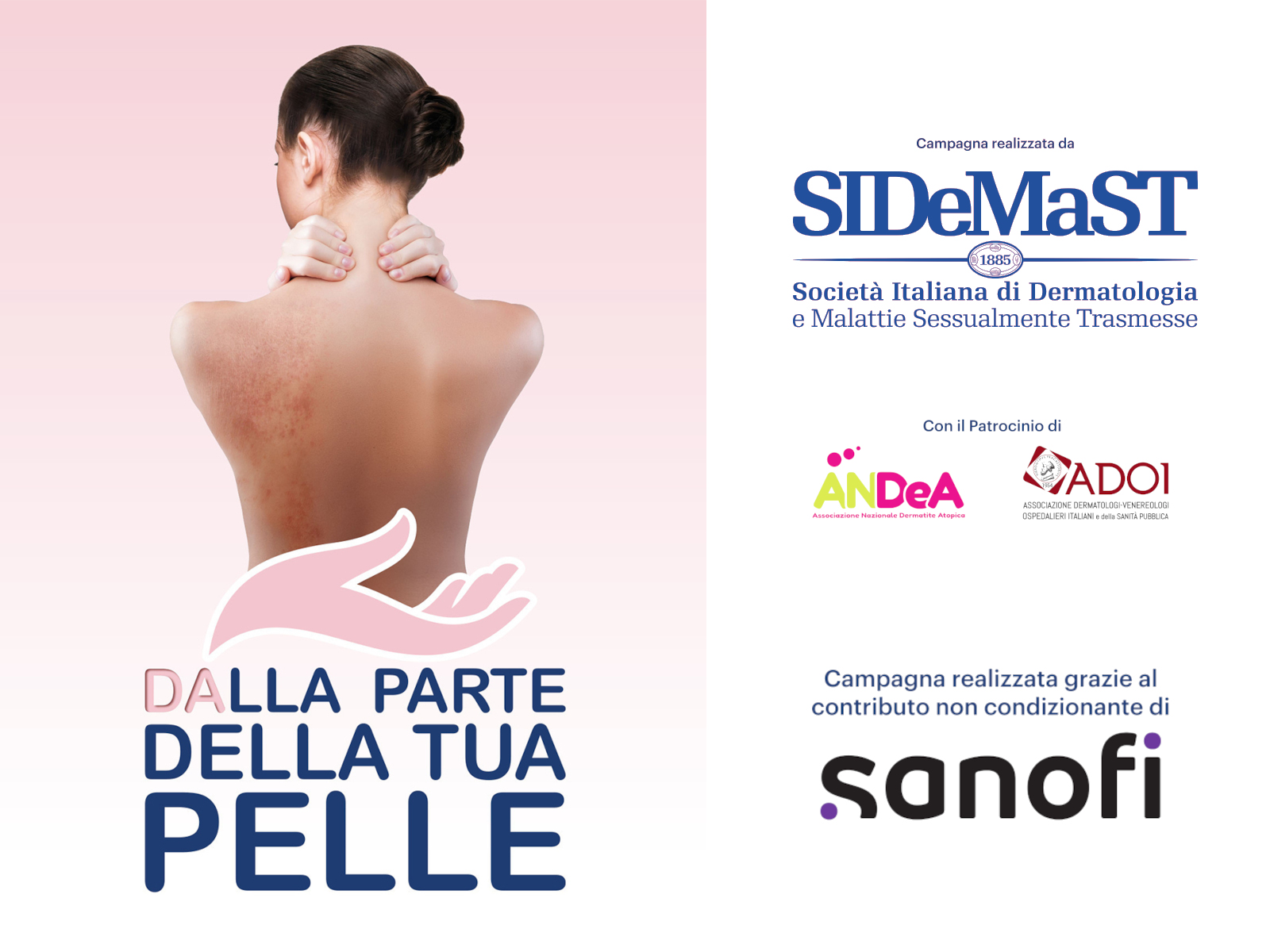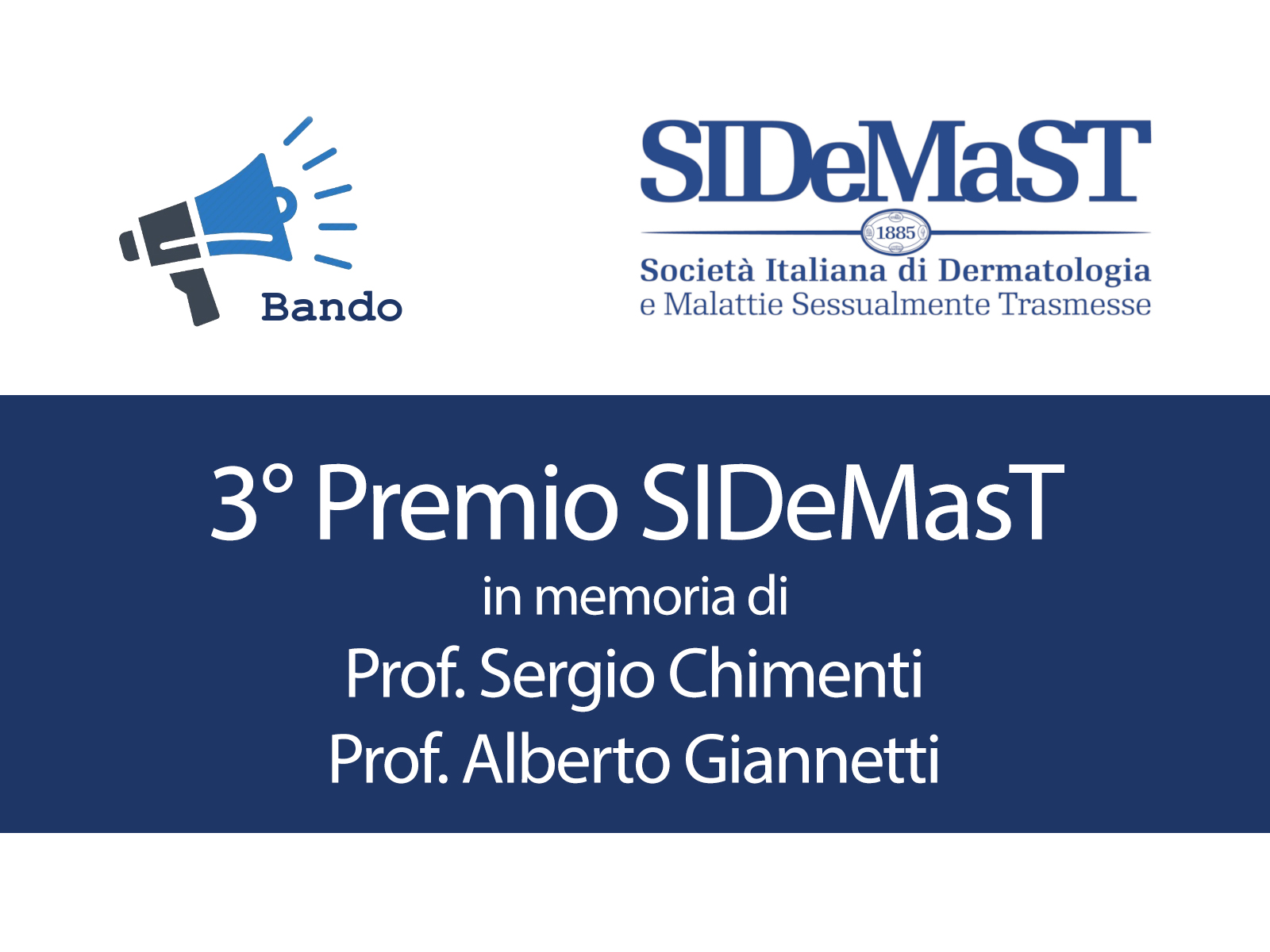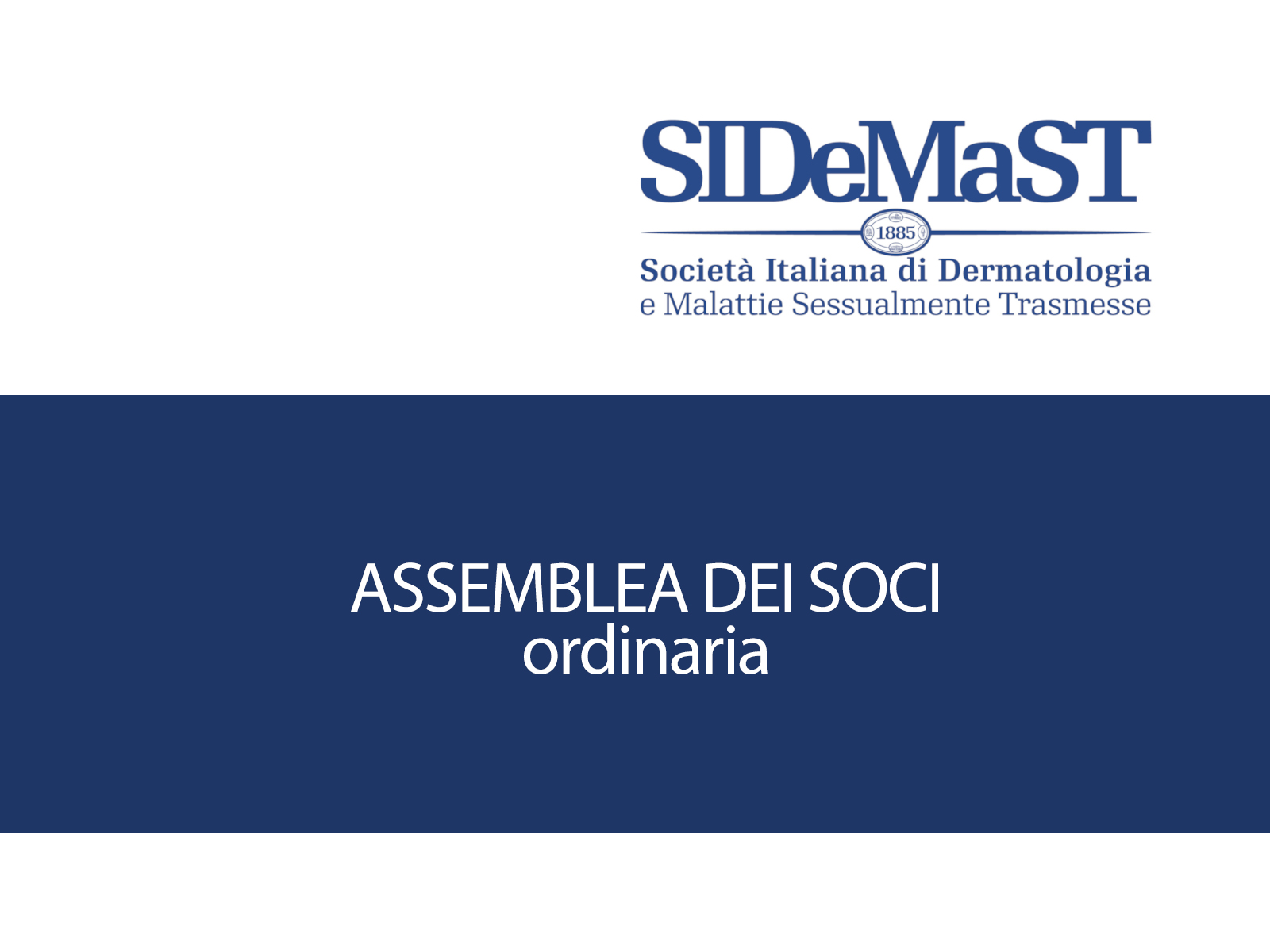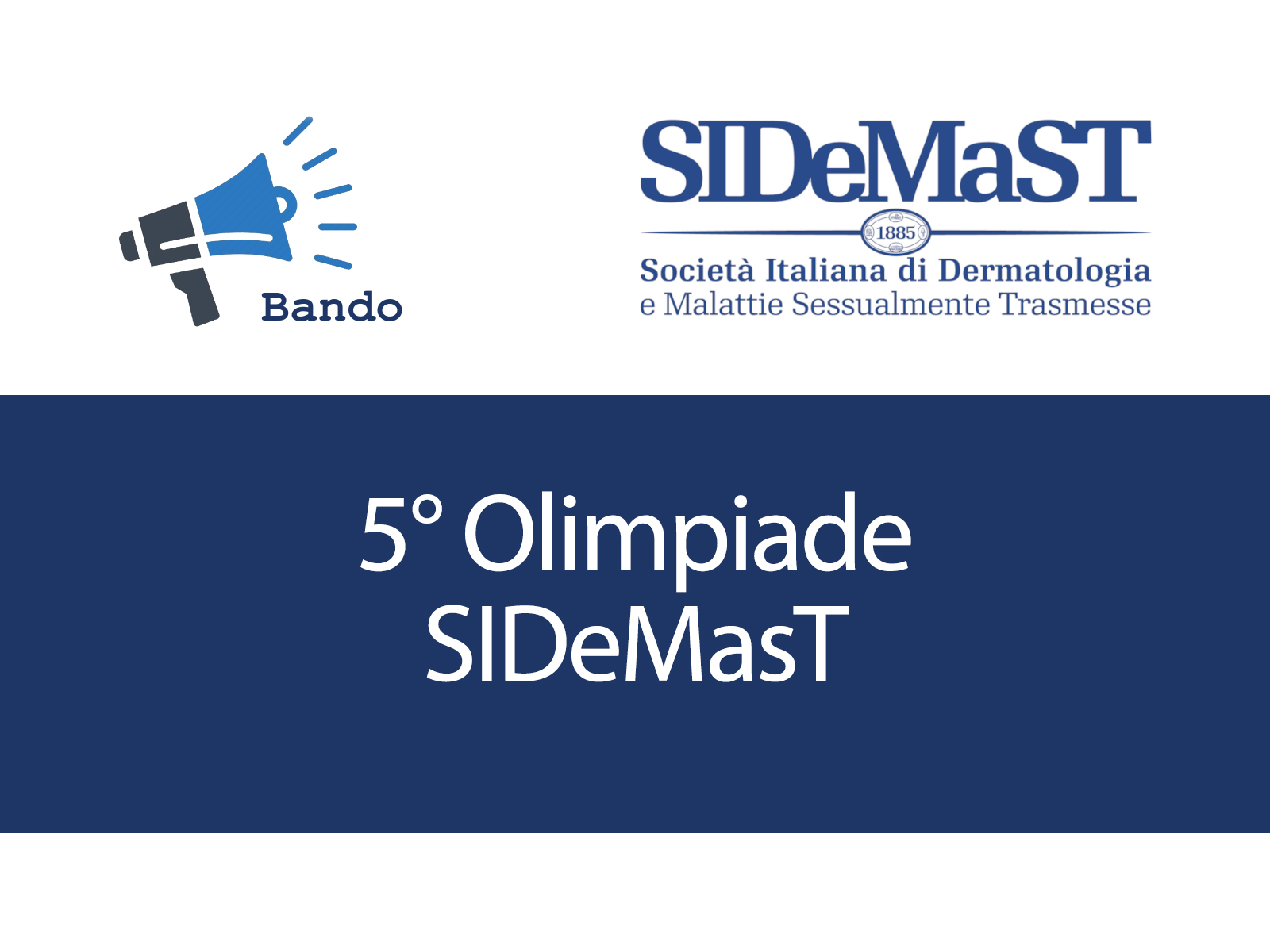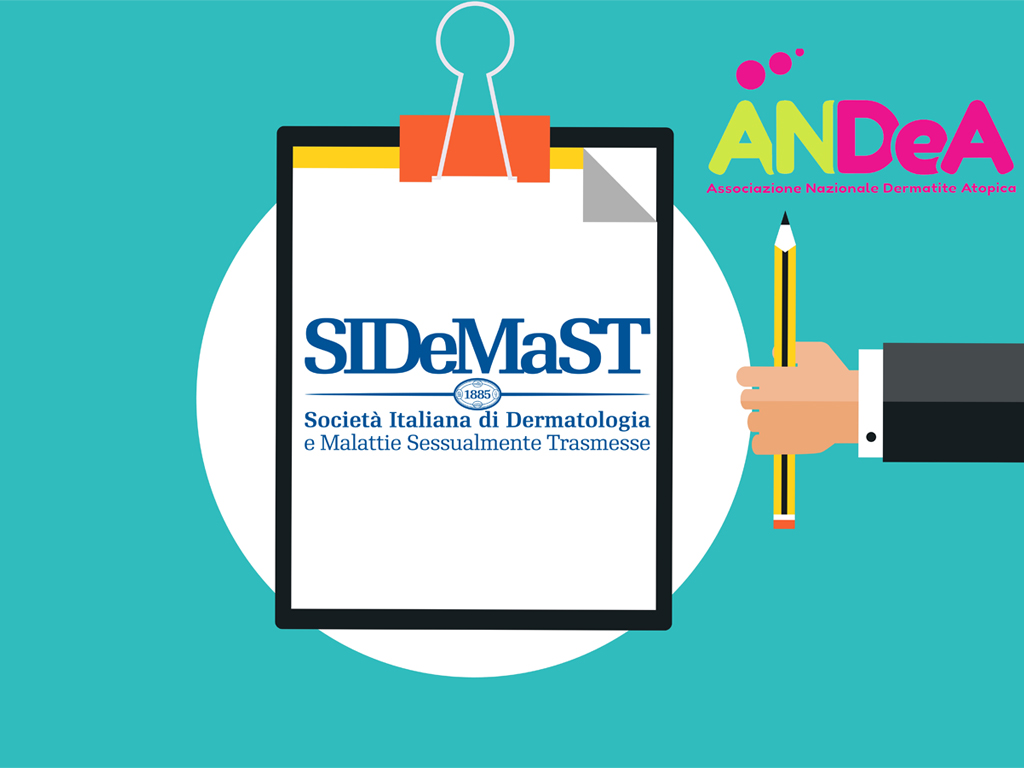The ability of laser treatment to affect wound healing and subsequently minimize scar formation has been investigated in recent years. However, no systematic review links these clinical trials. The aim of this study was to systematically review and evaluate clinical evidence for early laser intervention to reduce scar formation in studies where laser treatment was introduced less than 3 months after wounding. We searched PubMed using relevant keywords in June 2017. Titles, abstracts and articles were sorted according to inclusion and exclusion criteria. Methodological quality was evaluated according to Cochrane Collaborations risk-of-bias assessment guideline by two independent authors. Twenty-five articles met the inclusion criteria. In total, 22 of 25 studies were controlled studies, and 17 of 25 studies compared laser treatment vs. untreated control scars. The following laser devices have been investigated: pulsed dye laser (PDL), potassium-titanyl-phosphate (KTP) laser, fractional erbium:glass 1540 nm/1550 nm, fractional/full ablation erbium-doped yttrium aluminium garnet (Er:YAG) laser or fractional CO2 laser. Eighteen studies applied laser treatments 2-4 times with 2- to 8-week intervals, while seven studies applied only one laser treatment. Follow-up time ranged from 1 to 12 months with 18 studies using a follow-up time ?3 months. In general, laser-treated wounds and scars showed benefit from laser intervention, though not always reaching significance. Significant scar improvement was found in three of four studies using laser treatment in inflammation phase, in six of 16 studies with laser initiated in the proliferation phase and in two of five studies in the remodelling phase. High risk of bias was found in randomization and allocation concealment, and low risk of bias with regard to blinding of outcome assessment and lost to follow-up. In conclusion, laser intervention when introduced in inflammation, proliferation or remodelling phase has the potential to reduce cutaneous scar formation. Further, high-quality studies are needed before standard protocols can be implemented in clinical practice.


